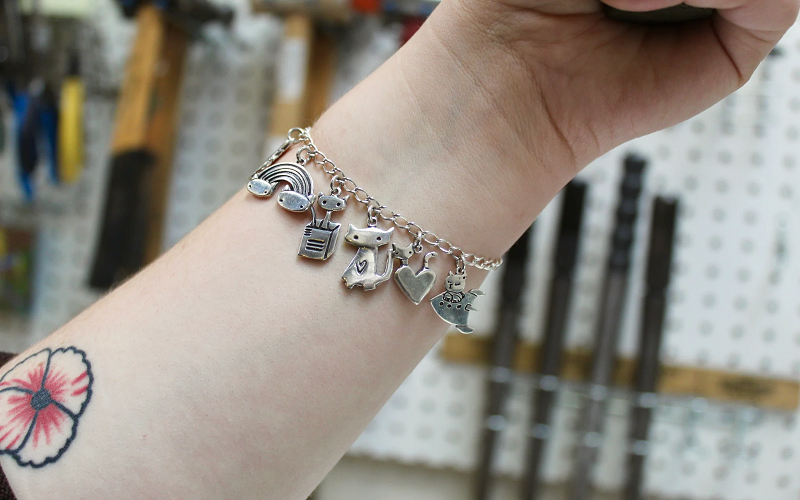Silver bullion, revered for its historical significance and practical applications, holds a unique allure in the world of investments and commodities. From its industrial uses to its role as a store of value, silver bullion offers investors and collectors alike a diverse range of benefits.
Historical Roots
Silver has long been intertwined with human history, serving as a form of currency in ancient civilizations such as Mesopotamia, Egypt, and Rome. Its enduring legacy as a symbol of wealth and prestige continues to resonate in modern times.
Industrial Demand
Silver’s remarkable properties make it indispensable in various industries, including electronics, photography, and healthcare. Its conductivity, reflectivity, and antimicrobial properties render it invaluable for a wide array of applications, ensuring consistent demand for silver bullion.
Investment Hedge
Amidst economic uncertainties and market volatility, silver bullion emerges as a reliable hedge against inflation and currency devaluation. Investors often flock to silver as a safe haven asset, seeking to preserve wealth and diversify their portfolios in times of turmoil.
Purity Standards
Silver bullion is typically produced to exacting purity standards, with .999 fine silver being the most common designation. This indicates that the silver is 99.9% pure, ensuring its authenticity and intrinsic value.
Collectible Appeal
Beyond its intrinsic value, silver bullion coins and bars often boast captivating designs and limited mintages, making them prized collectibles among enthusiasts. Collectors are drawn to the beauty and rarity of these pieces, driving premiums above the spot price of silver.
Global Market Dynamics
The silver bullion market operates on a global scale, with trading conducted around the clock in major financial hubs. This vast market ecosystem provides liquidity and accessibility for investors seeking to buy or sell silver bullion.
Storage Considerations
Proper storage is essential for preserving the condition and value of silver bullion. Storing silver in a secure, climate-controlled environment helps prevent tarnishing and physical damage, ensuring its long-term integrity and investment appeal.
Environmental Impact
The process of mining and refining silver can have environmental repercussions, prompting increased emphasis on sustainable practices and responsible sourcing within the industry. Recycling silver and promoting eco-friendly production methods are critical steps toward mitigating environmental impact.
Market Dynamics
Like all commodities, the price of silver is subject to market forces and external factors such as supply and demand, geopolitical events, and currency fluctuations. Understanding these dynamics is crucial for investors navigating the silver bullion market.
Selling Silver Bullion
When it comes time to sell silver bullion, investors have a range of options at their disposal. Online bullion dealers, local coin shops, and auction platforms offer avenues for selling silver to a diverse pool of buyers. Prior to selling, it’s advisable to research current market prices and factor in any associated fees or premiums to maximize returns.
In conclusion, silver bullion stands as a beacon of stability and value in an ever-changing economic landscape. Its rich history, industrial utility, and investment appeal continue to enthrall investors and collectors alike. Whether acquiring, holding, or selling silver bullion, individuals play a pivotal role in shaping the narrative of this enduring precious metal.

